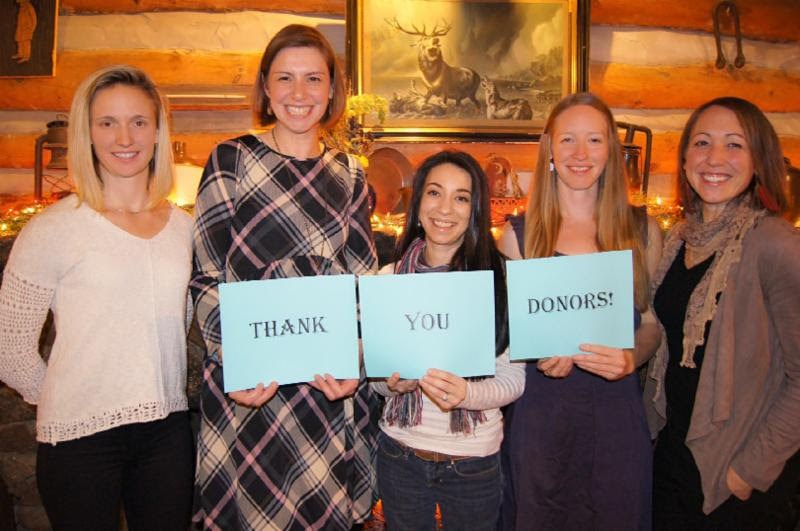Dear LCJP Community Member, I could tell you a story about every single restorative justice case that comes to LCJP.
This content was originally published by the Longmont Observer and is licensed under a Creative Commons license.
|
|
|
|
|
|
|
|
Dear LCJP Community Member,
I could tell you a story about every single restorative justice case that comes to LCJP. Each person I meet—those who are taking responsibility for causing harm, those who have been impacted, family members, volunteers—has come to LCJP with a story that is worth telling. These personal stories and perspectives are what makes restorative justice so powerful.
However, as we take a big-picture view of LCJP's work, the numbers tell an equally compelling story. As a pioneering leader that has been setting standards in the field of restorative justice since 1994, LCJP is diligent in evaluating our efficacy through data. Today, I'd like to share a story through numbers.
It is important to note here that restorative justice is, and should always be, a victim-centered process. This means that the needs of victims and harmed parties are always prioritized. LCJP is proud that 100% of participating victims report feeling that the offender was held accountable in the restorative justice conference.
We know that the experience of hearing directly from victims and other harmed parties is extremely impactful for offenders. Many stakeholders are interested in gauging the success of restorative justice based on the various outcomes of that impact and experience. In particular, people ask, how likely are offenders to complete their contracts to repair harm? How does restorative justice change behavior of offenders and ultimately, reduce recidivism and incarceration? Here are some figures that shed light on these important questions.
|
|
It costs taxpayers approximately $70,000 to incarcerate one youth for one year in the state of Colorado.
|
|
In many states, up to 80% of incarcerated youth are rearrested within 3 years of release.





